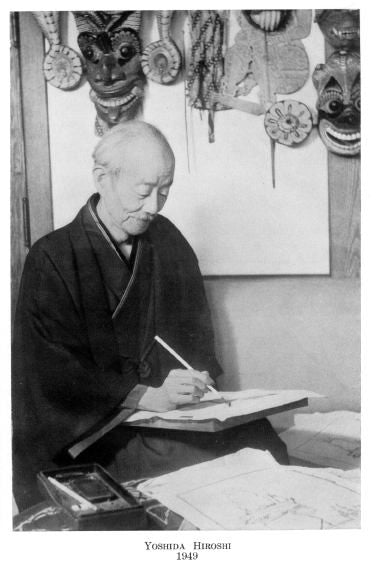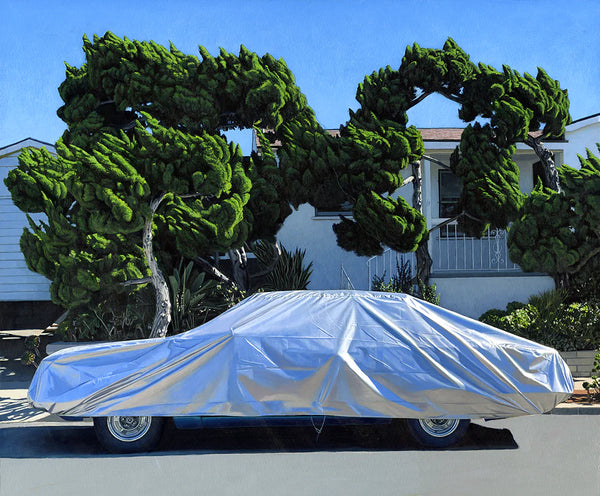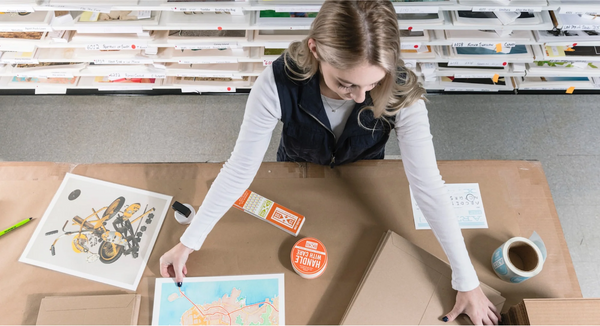This store requires javascript to be enabled for some features to work correctly.

Hiroshi Yoshida
Hiroshi Yoshida was a 20th century Japanese painter and woodblock print-maker. He is seen as the greatest artist of the shin-hanga style, which broke with ukiyo-e tradition by using naturalistic light, three-dimensionality, and soft colors.
Yoshida showed an early aptitude for art, so at 19 he was sent to a well-known teacher of western style painting. A few years later, he had his first American show at the Detroit Museum of Art, and then traveled around the United States, creating paintings along the way. In 1920, Yoshida presented his first woodblock print, which began a period of his shin-hanga style work.
The majority of Yoshida's prints were richly detailed landscapes. Because he travelled frequently, his subjects ranged from his home in Japan to the Sphinx, the Taj Mahal, and Mount Rainier. His prints are notable for his alpine scenes—he was an avid mountain climber—and also for his skill at depicting water and its intricate reflections and flow.
Join our mailing list for 10% off
Sign up for our newsletter to get first access to new editions, catch the freshest commentary + features, and snag a special discount.





